Storyboards are a powerful way to communicate user requirements and to validate ideas before they are fully designed or implemented. They are used during the earliest stages of the design process to visualize design solutions and to create a common understanding about the problem to be solved.
But what if there is not enough time to draw them or the necessary skills are missing?
Not everyone is a visual artist capable of illustrating a great-looking storyboard in a couple of minutes to present an idea. When working together with our customers in a workshop, this situation can get even trickier since many of them simply refuse to draw. Even though the point is not to create a work of art, people without the drawing skills required to create visually appealing storyboards often feel uncomfortable when being asked to draw. This discomfort makes them focus on their limited drawing skills, rather than on developing and communicating their ideas.
“Scenes” is a method and tool to create stories about products and services quickly, collaboratively and iteratively. It empowers people from any discipline to shape their ideas and scenarios in the form of fun illustrative storyboards without the need of refined drawing skills.
Scenes from SAP Design & Co-Innovation Center from SAP UX Design Services on Vimeo.
How Does “Scenes” Work?
“Scenes” includes a set of pre-defined illustrations that can be combined physically or digitally to create a visual story. There are different types of graphical elements available: characters, speech bubbles, signs, arrows, buildings, devices, transportation elements, office furniture, and backgrounds. The basic “Scenes” set offers around 48 different illustrations ready to be used to create physical or digital storyboards.
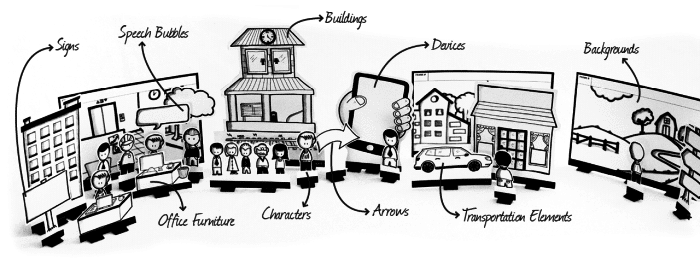
Some illustrations have a blank area for customization, which allows the users of “Scenes” to adapt the graphical elements better to their story if needed. For example, characters’ faces can be enhanced with emotions by drawing eyebrows and mouth on them; device screens can be completed with the corresponding UIs according to the story; buses or trucks can be branded with a logo.
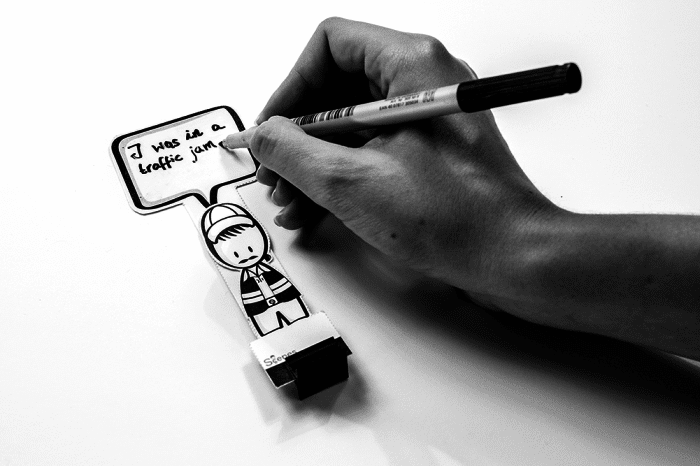
Creating Storyboards with “Scenes”
The creation of physical storyboards with “Scenes” can help multidisciplinary teams to communicate their ideas and scenarios during design workshops. These storyboards are built on horizontal self-adhesive surfaces, where the illustrations are placed. Each horizontal surface is a scene in the story, just like a frame in a storyboard. A storyboard is composed of two or more scenes.

Since the graphical elements can be grabbed and physically moved around, the effort to make changes is minimal, encouraging people to try out ideas and actively participate.
This method allows every member of the team to simultaneously contribute to the creation of the story, facilitating collaboration.
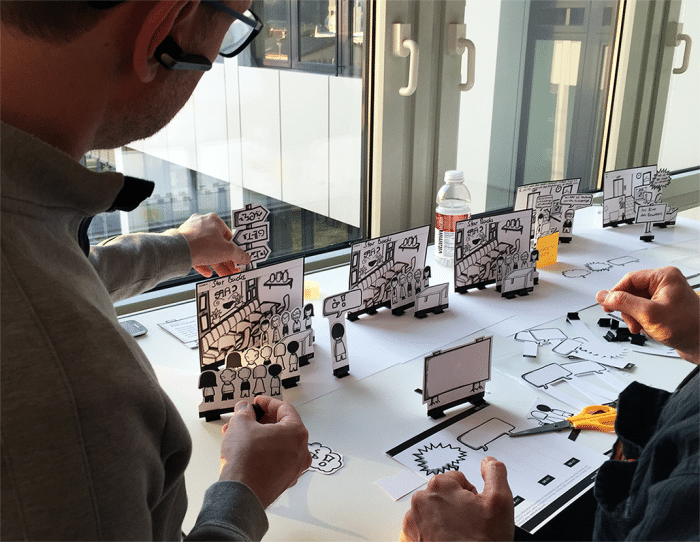
The same graphical elements are available digitally for PowerPoint, where each scene is composed on one slide. The set for digital storyboarding contains examples and templates intended to make it easier for the users of “Scenes” to create their digital storyboards.
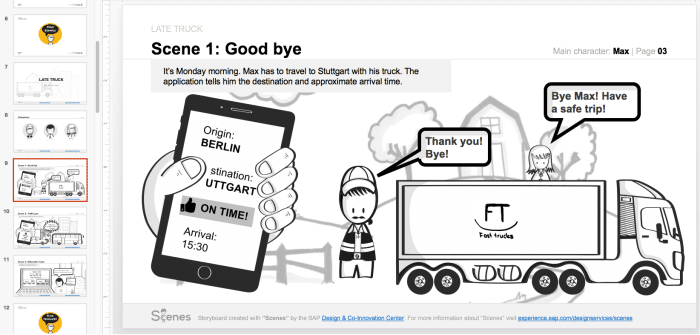
“Scenes” in Practice
We have used Scenes successfully with various customers from different industries: automotive, chemicals, insurance, public sector, etc. All of them have shared a strong positive feedback. Some customers have even started to use “Scenes” on their own to visualize ideas for future scenarios.
Every time we use “Scenes”, we observe how this method increases participation, fosters creativity and helps people from different disciplines and age groups to understand each other on a visual level.
During a project with the welfare agency of the City of Heidelberg, we used “Scenes” to prototype ideas for a service design concept for elderly people. In one of the workshops with the social workers, we observed how “Scenes” empowered all participants to develop their ideas instead of focusing on creating the drawings for the storyboard. All participants were highly engaged and could use the tool with almost no introduction.

The results from the workshop showed us how “Scenes” could highlight and enhance the potential of people from any discipline to visualize and shape their ideas, as well as to iterate quickly on a visual and tactile level.
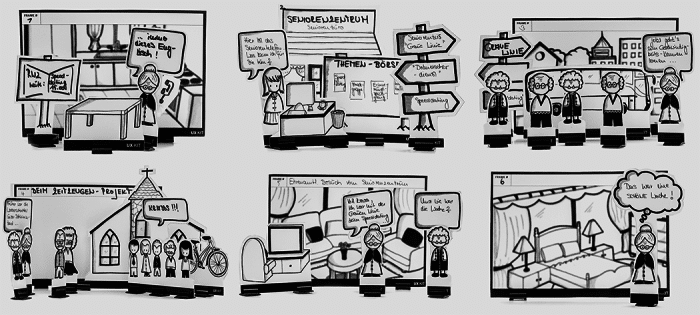
But the use of Scenes did not end with the workshop. We iterated further on the customers’ ideas and used the same characters and elements of “Scenes” to create digital storyboards. This helped to keep consistency through the whole design process and to generate empathy towards the end-users or protagonists of the storyboards created. The characters became alive in the minds of the customer and remained present for further iterations of the concept.
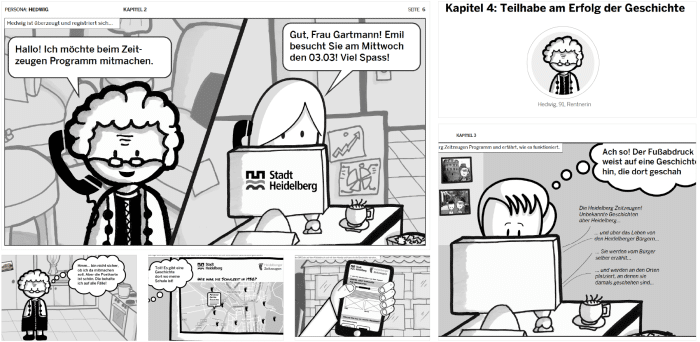
At the Service Experience Camp in Berlin and at the UX Day in Mannheim, “Scenes” brought people from different disciplines together to create storyboards during a workshop. About 25 participants had the opportunity to experience the tool in each event. After a brief introduction to storytelling, the teams of participants started to create their stories. A narrative framework was provided to help them to structure their ideas. With the help of method cards and a “Scenes” box for each team, the participants created great storyboards with 5 to 6 scenes in less than one hour.

The strong positive feedback from the workshop participants confirmed the reason why “Scenes“ was created in the first place: to allow people to express their ideas visually without focusing on a tool or worrying about their drawing skills.
Try Out “Scenes”
We believe that every great experience starts with a great story. Now, you can build your own with “Scenes.” Get your free Scenes set here and tell us how you used it. We would love to see your stories.
The success of Scenes has given us energy to continue improving and expanding this method and tool. In 2016 we plan to grow the library and include more download packages, so stay tuned for more of “Scenes.”